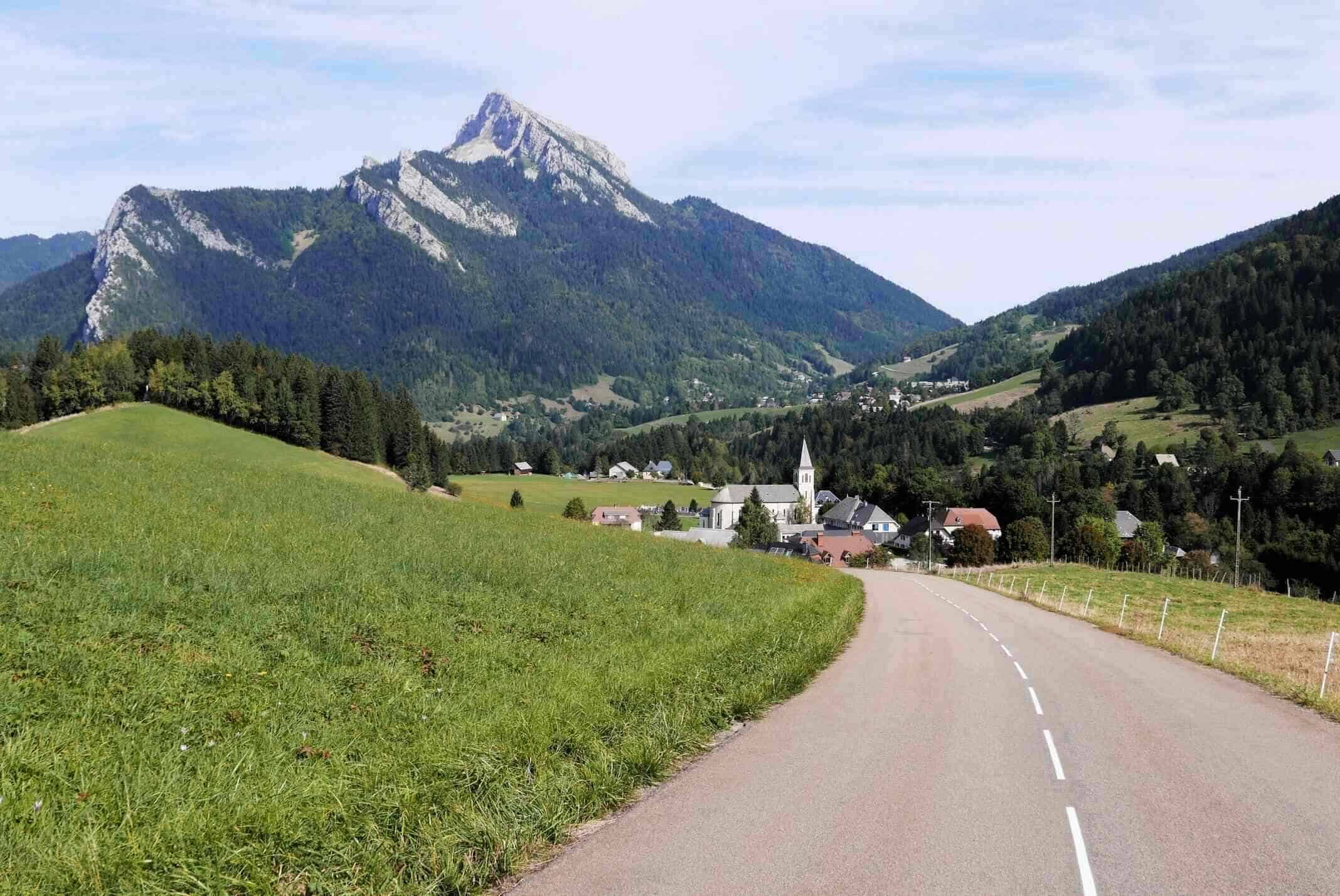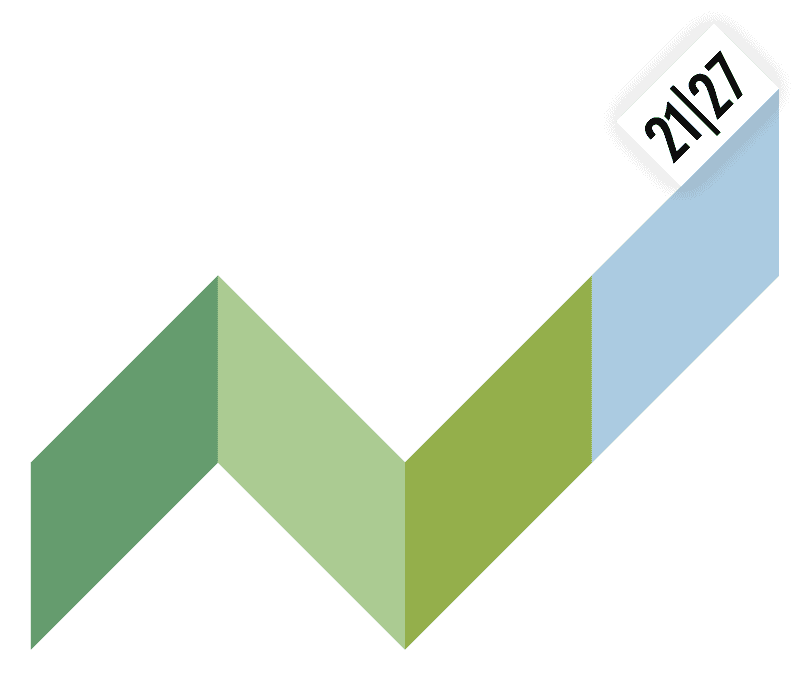Authors: Véronique Reynier, Mathieu Schoendoerffer (Université Grenoble Alpes)
The social diagnosis carried out in Saint Pierre de Chartreuse and Megève highlighted the variety of populations residing in these areas. Beyond the broad categories of permanent and secondary residents, there is diversity within these groups: diversity in terms of age, length of residence, socio-professional category, but also in terms of practices and perceptions of the area. In order to document and support the transition processes underway by placing users at the heart of the project, as the TranStat project aims to do, it is essential to gain a better understanding of these practices and perceptions.
The specific contexts of each of these Living Labs have led us to work more specifically on secondary residents in Megève on the one hand, and on the inhabitants of Saint Pierre de Chartreuse – Le Planolet on the other. In Megève, various interviews with secondary residents have been conducted, and a survey is currently being distributed: this survey will enable us to collect and analyze datas about the practices of secondary residents during their stays, and their perceptions of the area and its evolution.
In Saint Pierre de Chartreuse, the various meetings organized with local residents over the last few months have confirmed the diversity of the population and demonstrated their desire to get involved in the life of the area and in shaping its future. Discussions have also highlighted the need for a better understanding of the many ways in which local people relate to the territory: their relationship with tourism and the ski resort, their perceptions of climate change and of the future of the mountain range, their professional and leisure activities, etc. Then, in addition to the thirty interviews already carried out with local residents, we will be distributing a questionnaire to objectivize and give meaning to these differences. The results and their analysis will be communicated to local residents and will complement the diagnosis carried out on the territory, in order to fuel the forthcoming process of collective construction of future scenarios.



